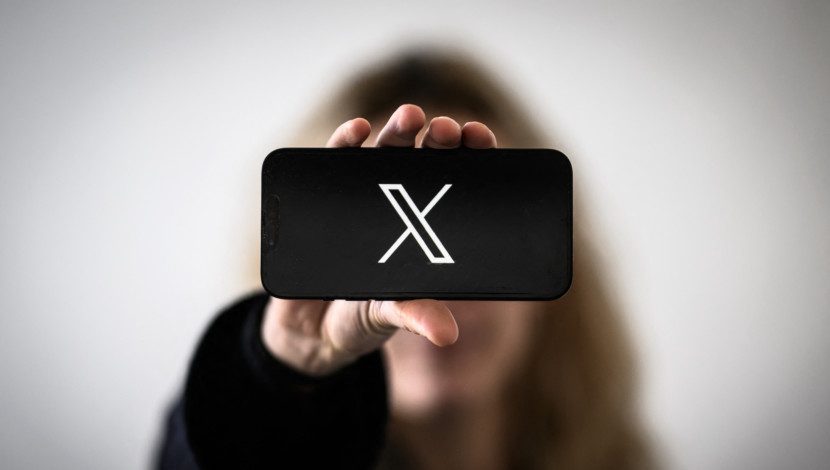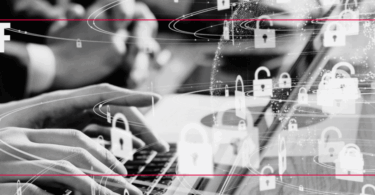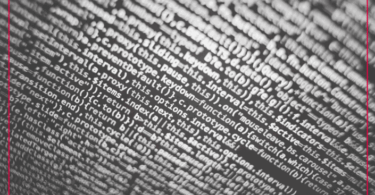Social media Twitter, recently renamed “X,” has been one of the most useful apps for journalists but has become less safe and trustworthy due to late changes. In this fifth article of a six-part series, cybersecurity expert Ben Finn explains the main safety issues and suggests precautions for journalists to take.
Social media platform X (formerly called Twitter) is still an attractive site for journalists to exchange breaking news and promote their work worldwide. It gives them access to a huge network of experts and activists, and provides a platform for live updates on events as they happen. Unfortunately, due to recent policy changes brought about by new management, the site has become both less secure and less hospitable to journalists, so new precautions must be taken.
Main safety issues
- Irregular security updates. Due to a massive layoff of over 70% of its staff, the platform now only receives irregular security updates. Its former security chief has spoken out about serious security flaws, including the heightened risk of massive data breach considering the large store of user data the site has still compiled.
- Inconsistent regulation policy. Elon Musk, the current owner of the platform, is known to modify moderation guidelines in line with his personal beliefs and emotions. For example, X banned some journalists who commented on matters deemed “sensitive,” while the platform increased its compliance with government censorship requests (such as Turkey’s).
- No more verified users. Since the Blue Checkmark as a symbol of user verification was removed, users have no way to quickly verify if an account is what it appears to be, which is particularly disturbing when it relates to media workers. This allows impersonators who pretend to be reliable sources of information to spread misinformation more easily.
- No more two-factor authentication by default. Two-factor authentication (2FA) has been restricted to paid users (“Twitter Blue”) only since the change of ownership.
Recommendations to journalists
- Be prepared to face new challenges. The current policies show heavy hostility towards journalists, and the latter should therefore be prepared to have their post reach limited, and to possibly lose access to accounts without warning. Journalists should also be prepared to face more harassment and other safety risks.
- Make your own background checks. Since there is no more user verification available on the platform, to prevent talking with impersonators, it is important that journalists verify the identities of the accounts they interact with by reviewing their tweet history or connecting with them outside of X
- Activate the optional security features provided by the platform (especially those that limit visibility, location tracking, tags and access to personal information). Journalists who can afford it are also encouraged to get the paying version (“Twitter Blue”) which allows access to extended security features.
- Stay updated. Due to the significant changes the site is undergoing, staying updated is vital to manage one’s security.
- Beware of malware. As for any other platform, it is recommended to be wary of clicking links on X, as they could be infected with malware.
← Read Part 1: General recommendations
← Read Part 2: TikTok
← Read Part 3: Facebook
← Read Part 4: Instagram
→ Read Part 6: Weibo
Written by Benjamin Finn. From Houston (USA), Benjamin has been in the IT field for a decade, during which his primary focus was the deployment of internal enterprise tools across large enterprises, including cybersecurity focused efforts. He has been engaged in training on proper security in the context of an oppressive nation-state, specifically in Myanmar. He has also been working with multiple groups in Taiwan to train them on proper security and safety measures.








[…] Digital security […]
[…] ← Read Part 1: General recommendations ← Read Part 2: TikTok ← Read Part 3: Facebook → Read Part 5: X (formerly Twitter) […]